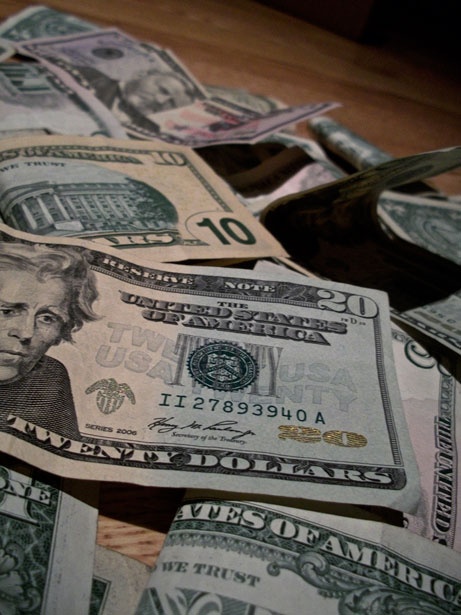(KLZA)-- Utilities, social service agencies and fuel companies have spent months urging people to take some simple steps to slice the edge off winter heating bills.
Experts project that this winter- bills could outpace last year- tallies by 15% to 50%, as shifting demand, global instability and inflation increase the costs of natural gas, propane and electricity.
The Nebraska Examiner says the time to conserve energy is now if customers want to avoid an early financial hit from an arctic blast that arrives this week in the Midwest, bringing highs in the single digits and earlier-than-typical, sustained lows below zero.
The most important step to save money is setting the thermostat a little lower than typical. Most utility officials suggested 68 degrees — warm enough to keep water pipes from bursting but cool enough to save some cash. Another big help: turning down the thermostats on water heaters.
Natural gas customers are facing a second straight pricey winter for gas, driven primarily by more people and places competing for tightened supplies.
Another factor driving up prices is the global push for cleaner-burning electricity production, natural gas instead of coal or oil to produce power.
Increased natural gas use for electricity has increased the off-peak prices that utilities and gas companies pay to buy gas in the summer, to store for winter use when the gas typically costs more.
Rural and exurban customers who heat their homes with propane face higher costs, as well, but perhaps less volatility this winter than last, according to dealers.
Regional supplies feel solid for the winter, if it doesn’t get too cold for too long. Prices have come down a bit from this fall. But propane dealers are feeling a pinch from the increased exports to Europe.
Utility leaders urged anybody worried about higher prices to contact their provider and join a budget billing program. These programs spread costs over a longer period of time — often a year.
People who need help with their bills have options, as well, from applying to charities run by and for utilities and their private foundations to the federally funded and state-administered Low Income Energy Assistance Program, or LIHEAP.
In Nebraska, applications this year are already ahead of 2021- record tally, according to public records provided by the Nebraska Department of Health and Human Services.
The state had more than 74,000 applications for the assistance so far this year, compared with 70,499 applications in 2021 and 66,538 in 2020, during the worst of the COVID-19 pandemic.
© Many Signals Communications
MOST VIEWED STORIES
Breakins, suspect SUV, draw Highland investigation
Hartman earns prison in embezzlement sentencing
Falls City Foods closing local facility
Two felony theft suspects arrested after two-state pursuit
Nortonville woman killed in wrong-way crash
Teen driver flees Atchison Co; arrested over LV Co line
2025 Hiawatha Halloween Queen named
Former tribal chair earns decade in federal prison
Man injured in Jackson Co vehicle-deer collision
Leavenworth man killed in crash
Budget cuts affect Register of Deeds in Atchison Co
Brown Co considering changes to revitalization plan
Hiawatha Halloween Frolic Friday
KDHE issues revised Boil Water Advisory for Atchison Co RWD 5C
Hiawatha Trick-or-Treat nights
Hearing held on proposed Nemaha Co Land Development Code
SE NE food pantries dealing with issues due to Govt. shutdown
LATEST STORIES
Sabetha man facing multiple charges
Atchison teen injured in motorcycle crash
Moderate injuries to woman in Atchison County MO wreck
Julie Slama to seek position of Neb State Treasurer
KDOT to host open house for U.S. 75 expansion study
SENCA Weatherization program available to qualifying homes
New Chief Deputy Sheriff appointed in Richardson Co

 Printer Friendly
Printer Friendly
 Email to a Friend
Email to a Friend






